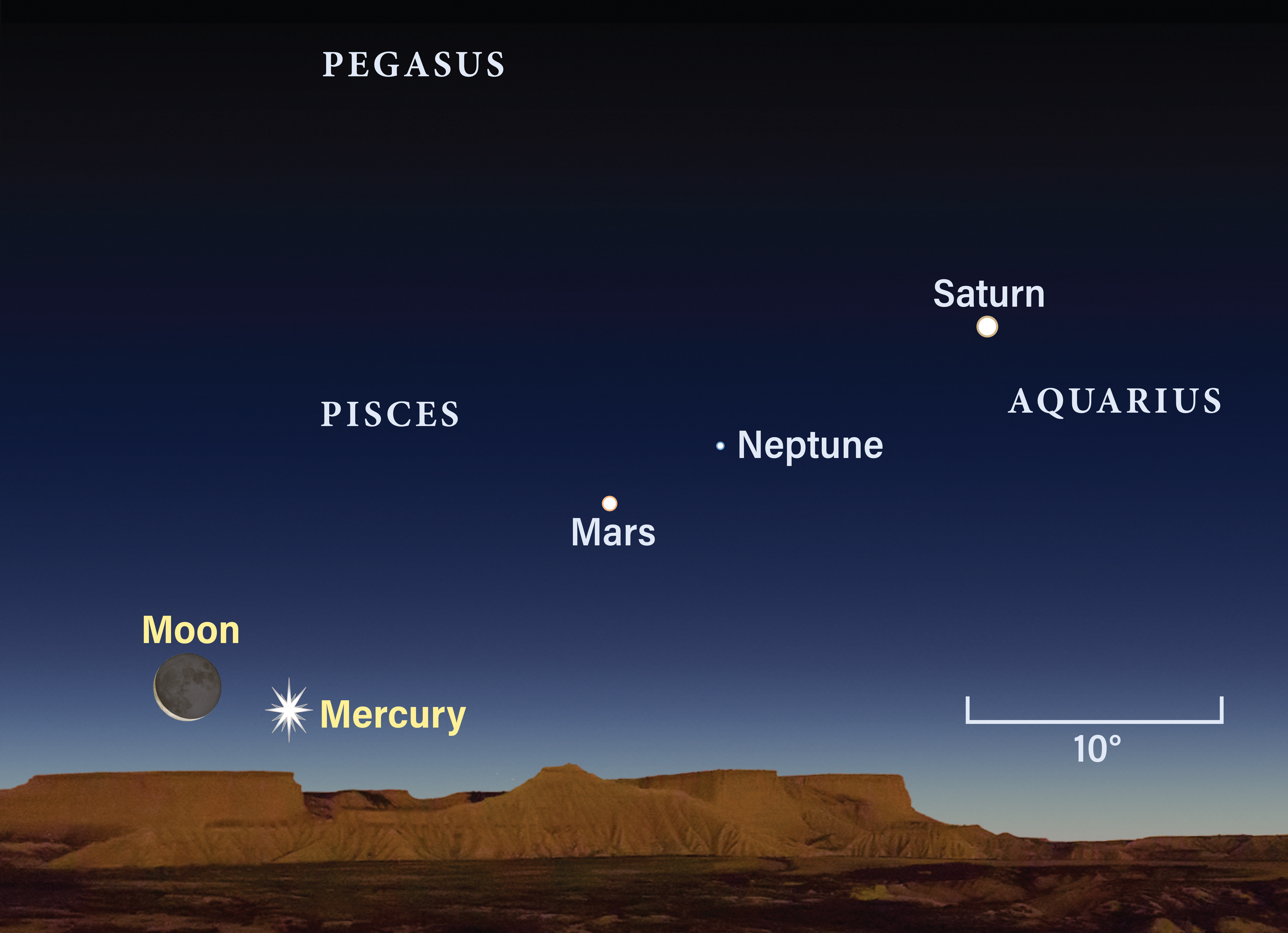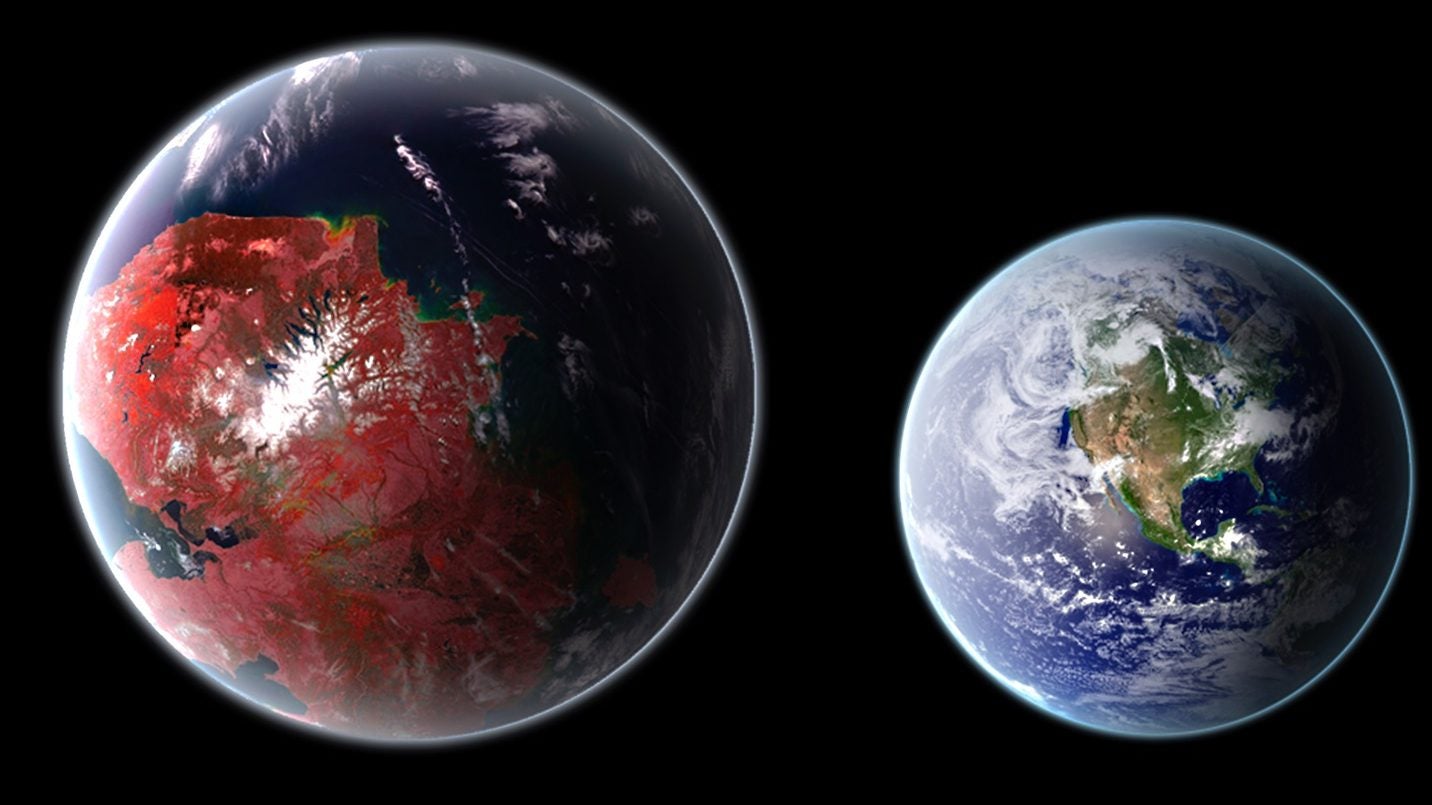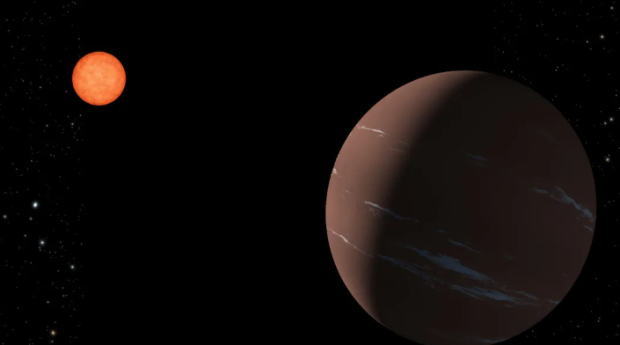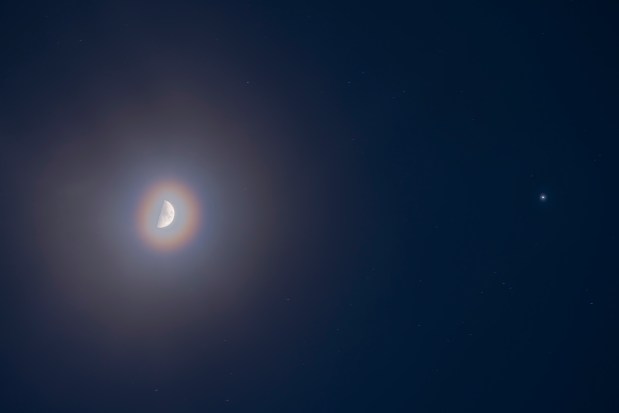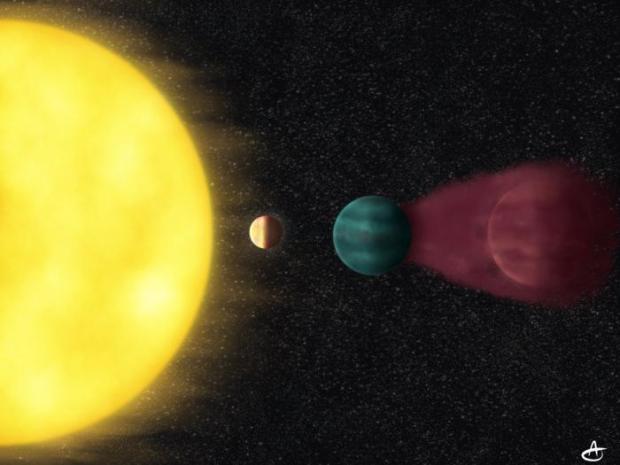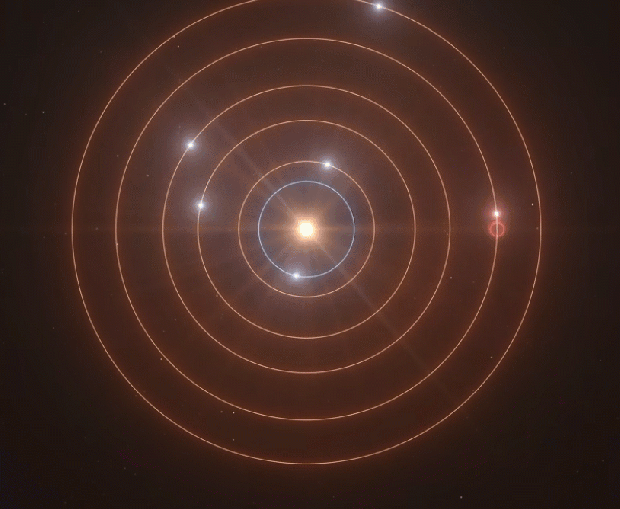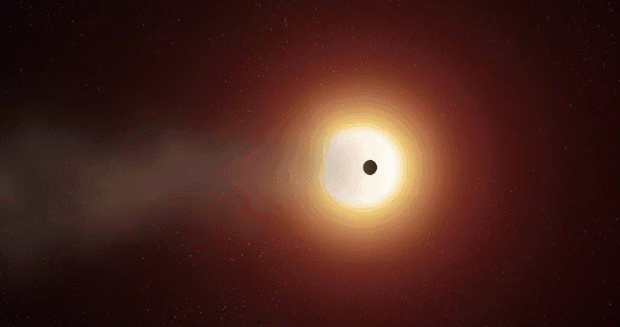“Suddenly, I saw rays of light stretching across Perseus like searchlight beams, and just as suddenly, a bright greenish patch of light to the north condensed and sprouted filaments. I rushed to show my family, and when we returned light green filaments of light were slowly parading across the northern sky. At one time, a reddish haze was visible near the handle of the Big Dipper. Just as suddenly, the whole show disintegrated to the weird glow I had originally seen.”
Shortly after I wrote those notes, the aurora returned to life. This time, sheets of light raced across the northern sky to a point almost overhead. The visual effect was reminiscent of the flickering light on a wall opposite a fireplace. Some 45 minutes after it began, the aurora subsided for good. I returned to my telescope to find everything covered in dew. No matter. I had just witnessed my first northern lights display.
The aurora borealis and its southern counterpart, the aurora australis, result when charged particles from the solar wind plow into Earth’s magnetosphere. The interaction creates a torrent of electrons and protons that race downward along Earth’s magnetic field lines toward the magnetic poles. As they strike the upper atmosphere at altitudes of about 50 to 150 miles (80 to 240 kilometers) or more, they interact with oxygen and nitrogen. The end product is an amazing light show replete with vivid colors of green, blue, and occasionally red that can take the form of a diffuse glow, arcs and rays, undulating ribbons, or scudding clouds. Its unearthly appearance is likely what inspired the Cree Indians of Canada to refer to the aurora borealis as the “Dance of the Spirits.”
As might be expected, aurorae are most routinely visible from Earth’s polar regions. At mid-northern or mid-southern latitudes, such displays are less frequent — perhaps a handful each year. On extremely rare occasions, a “super aurora” may reach the tropics. On the night of March 13, 1989, I arrived home to the most amazing auroral display I had ever witnessed. The northern sky was bathed in rays of greenish light that stretched all the way to the zenith. But it was when I faced south that the magnitude of this aurora hit home. The entire southern sky glowed red all the way to the horizon! “They’ve gotta be seeing this in Virginia,” I thought to myself. Not just Virginia, I learned the next day. This historic display was visible as far south as Cuba!
If this article has inspired you to become an aurora hunter, I offer the following tips:
1. Relocate to more northern or southern latitudes. By that, I don’t mean that a resident of equatorial Brazil should pull up stakes and move to Canada or the Antarctic coast just to see an aurora. If, however, you have an opportunity to travel to a region where aurorae are likely to occur, take advantage of it.
2. Get outside! You won’t see anything if you’re indoors watching reality TV.
3. Up your odds by looking for Web-based aurora alerts. Spaceweather.com is an excellent resource for information on solar and auroral activity. You’ll also find updated auroral information at the National Oceanic and Atmospheric Administration website (www.swpc.noaa.gov/Aurora).
If it’s clear tonight and the Moon is on vacation, step outside and check out the sky. If you’re lucky, the spirits just might be dancing.
Questions, comments, or suggestions? Email me at gchaple@hotmail.com. Next month: We navigate some galaxies in Leo. Clear skies!



